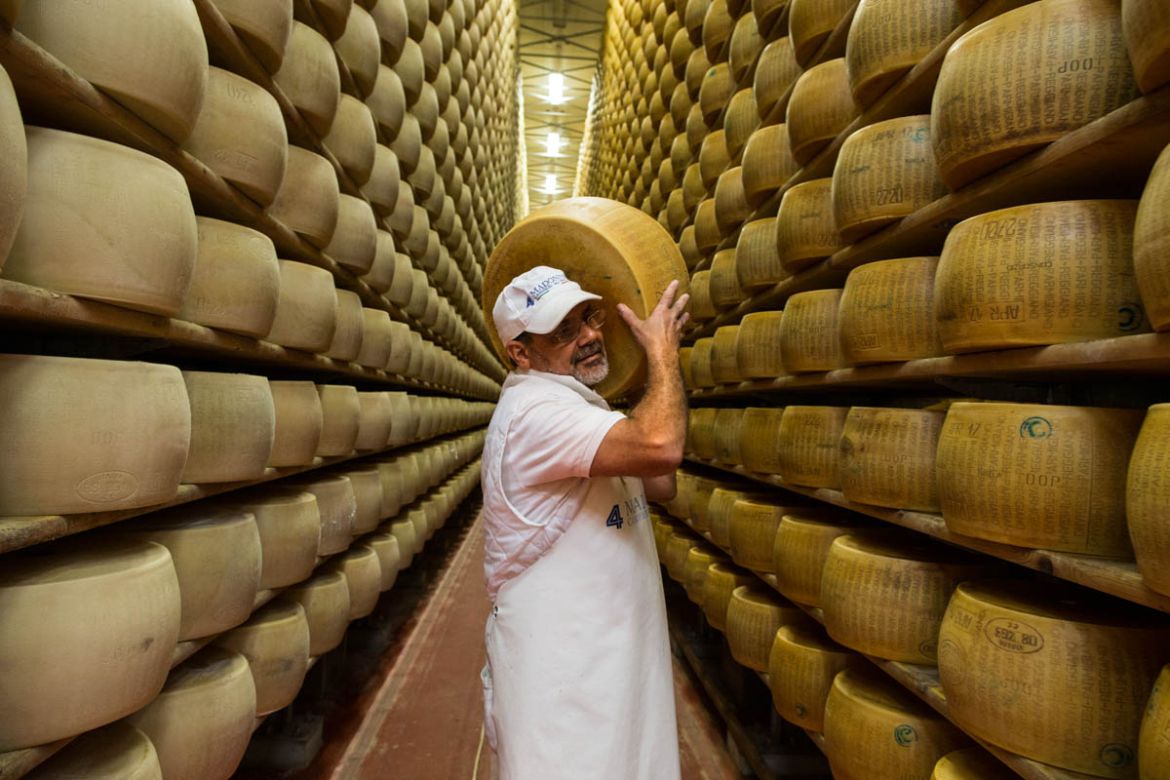Satisfy the Cheese Makers Melbourne Trusts: The Heritage of Floridia Cheese Thomastown
Satisfy the Cheese Makers Melbourne Trusts: The Heritage of Floridia Cheese Thomastown
Blog Article
Opening the Secrets of Artisanal Cheese Making: A Step-by-Step Do It Yourself Guide
In the world of cooking workmanship, artisanal cheese making stands as a testament to the fragile balance between custom and technology. As we begin on this journey to demystify the art of producing elegant cheeses, we are encountered with a tapestry of skills and secrets waiting to be deciphered.
Selecting the Right Milk
When starting the journey of artisanal cheese production, the choice of milk plays an important duty in identifying the high quality and characteristics of the final product. The sort of milk picked impacts the flavor, appearance, and generally profile of celebrity. Raw milk, straight from the pet, is chosen by numerous artisanal cheesemakers as a result of its distinct mix of enzymes, germs, and flavor compounds. However, using raw milk includes risks and policies, making sterilized milk a safer choice for novices.
When picking milk for cheese making, it is essential to consider the fat material. Greater fat web content in milk can lead to a creamier and richer cheese, while reduced fat material may result in a drier and firmer appearance. Additionally, the source of the milk, whether from cows, goats, sheep, or buffalo, adds unique tastes and qualities to the cheese (Floridia Cheese Melbourne). Each type of milk brings its very own subtleties, permitting for a wide variety of cheese ranges to be crafted based on the picked milk. Ultimately, the option of milk is a fundamental decision that sets the foundation for an effective artisanal cheese-making endeavor.
Culturing and Coagulating
To launch the cheese-making process, the important steps of culturing and coagulating have to be very carefully executed to change milk right into curds and whey. The kind of culture utilized can considerably influence the flavor, texture, and ripening of the last cheese product.

The timing and temperature level control throughout culturing and coagulation are essential variables that influence the last outcome of the cheese. Proper execution of these actions is vital to make certain the preferred structure, taste, and uniformity of the artisanal cheese being created.
Draining Pipes and Pressing Curds
After the milk healthy proteins have actually coagulated and the curds have been reduced to launch whey, the next vital action in artisanal cheese making entails draining and pushing the curds to attain the preferred texture and consistency of the final cheese item. The time for draining can vary depending on the kind of cheese being made and the preferred moisture content.
Pushing assists remove any type of staying whey and compacts the curds to develop a strong cheese wheel. Appropriate pressing and draining are vital actions that substantially influence the top quality and features of the artisanal cheese being created.
Aging and Flavor Techniques
Applying careful aging and flavoring methods is crucial in boosting the depth and complexity of artisanal cheeses, boosting their taste profiles to exquisite levels of improvement and elegance. Aging important source plays a vital function in creating the distinct flavors and appearances that identify artisanal cheeses. Throughout the aging process, cheeses are kept in meticulously managed settings where aspects such as temperature, air flow, and humidity are manipulated to urge the growth of valuable molds and microorganisms. This regulated environment allows the cheese to mature gradually, developing abundant flavors and complex scents.
Flavoring techniques additionally contribute considerably to the last taste of artisanal cheeses. Cheesemakers might pick to introduce extra flavors by incorporating components such as herbs, spices, or even fruits into the cheese throughout the production process. Furthermore, some cheeses are washed or massaged with various liquids, such as brine or alcohol, to improve their flavors and textures.
Covering and Storing Cheeses

Final Thought
In verdict, mastering the art of artisanal cheese making involves thoroughly choosing the ideal milk, complying with exact culturing and coagulating processes, draining and pushing curds properly, and making use of various aging and flavoring strategies. Remember to cover and store your cheeses appropriately to ensure optimum taste and structure development.
Each kind of milk brings its very own nuances, permitting for a large range of cheese varieties to be crafted based on the picked milk.After the milk healthy proteins have coagulated and the curds have been reduced to release whey, the following critical step in artisanal cheese making involves draining pipes and pressing the curds to accomplish the preferred texture and uniformity of the final cheese item. Many cheeses ought to be covered in wax paper or cheese paper to allow them to breathe while protecting them from drying out. For cheeses that require to proceed aging, such as bloomy rinds or cleaned rinds, ensure they are saved in helpful site a trendy setting like a cheese cave or a refrigerator set to the ideal temperature. By paying interest to the covering and storage space of artisanal cheeses, cheese makers and lovers can protect the stability of these specials and totally enjoy their intricate tastes.
Report this page